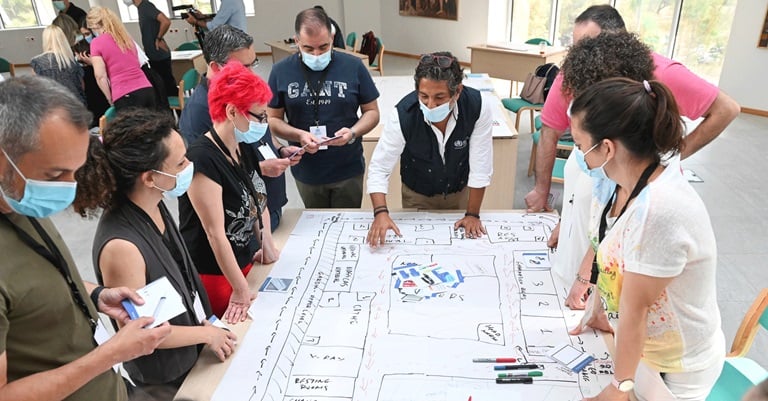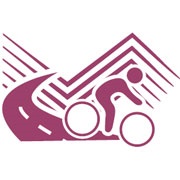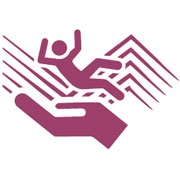

Compendium of WHO and other UN guidance on health and environment

Guidance on safe environments and mobility
- Environments for safe and sustainable transport, active mobility and physical activity
- Safe environments to prevent drownings, falls and burns, including:
- Drownings
- Falls
- Burns
Sustainable transport and mobility systems in this section refer to systems that are multi-modal which support walking, cycling, other forms of active transport and mobility (e.g. such as skating, wheelchairs), as well as public transport in addition to private vehicles.
Interventions towards sustainable transport and mobility systems are aimed at reducing road traffic fatalities and injuries while at the same time improving people’s health and well-being, protecting the environment and address climate change. They often have broad impacts, and would therefore be relevant for other sections of this compendium as well.
Environments for safe and sustainable transport, active mobility and physical activity

Systems of mobility that include public transport and infrastructure for cycling and walking can contribute to increasing levels of physical activity. The positive health effects of regular physical activity include improved muscular and cardiorespiratory fitness, improved bone and functional health, reduced risk for NCDs such as cardiovascular diseases, cancer and diabetes, and falls and fractures and weight control. Regular physical activity also improves mental and cognitive health and is recommended for people of all ages and abilities. Encouraging and enabling regular physical activity requires adequate provision of, and equitable access to supportive environments that encourage participation in walking, cycling, sports, active recreation and play by people of all abilities.
Transport can also affect health and health equity by enabling and facilitating access to education, decent jobs, health care, leisure and clean water. Road infrastructure and urban design can have an impact on social interaction within neighbourhoods while also discouraging motorized transport and slowing the impact of climate change.
Road traffic accidents kill 1.3 million people per year (2019 data); pedestrians, cyclists and motorcyclists in low- and middle-income countries are disproportionally affected. More cycling and walking tends to lead to fewer road traffic accidents as motorists become sensitized to the presence of non-motorized traffic and to sharing the road. Increased road safety and the provision of public and green spaces can enable and motivate people to walk and cycle more, especially for short trips. Less motorized traffic also reduces air pollution, noise and carbon emissions.
As the majority of the world population is living in urban areas, cities have a particular responsibility and opportunity for improving urban design and transport systems to retain and support increasing levels of walking and cycling. Affordable and accessible transport systems and sustainable community infrastructure development are however equally relevant for peri-urban and rural areas.
Safe environments to prevent drownings, falls and burns

Drowning is a leading cause of unintentional injury and deaths worldwide and about 90% of unintentional drowning deaths occur in low- and middle-income countries. In 2019, an estimated 236 000 people died from drowning, making drowning a major public health problem worldwide. Children are at increased risk of drowning and 35% of drowning deaths occurred in children aged under 15 years.
Download the guidance on safe environments and mobility
Read more
Related health topics

